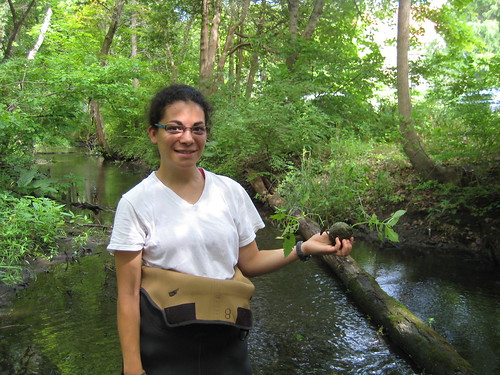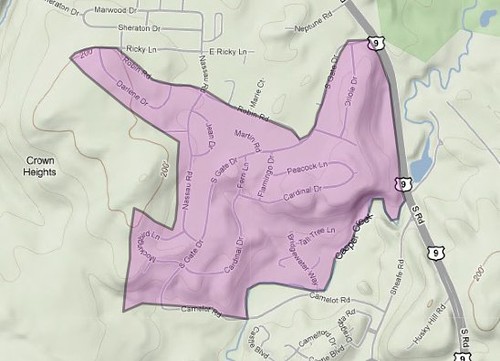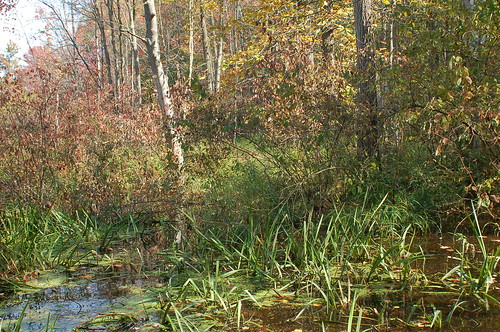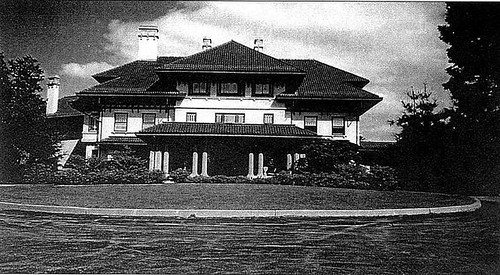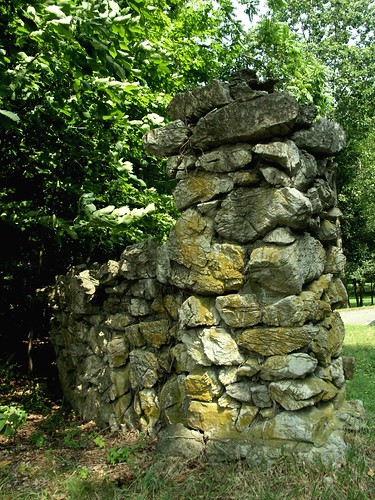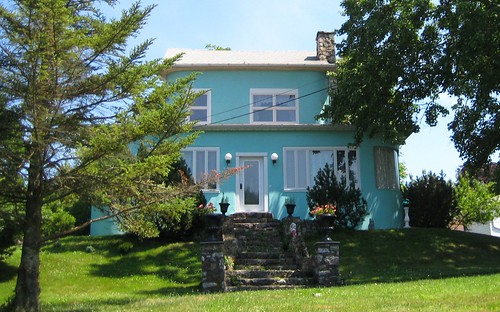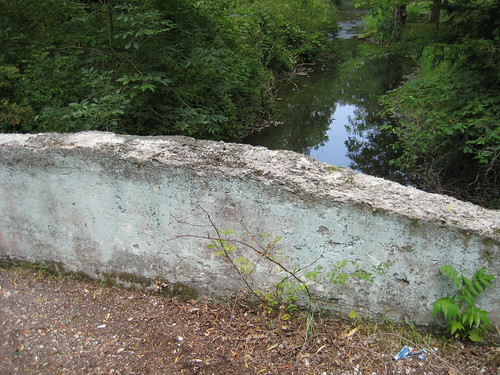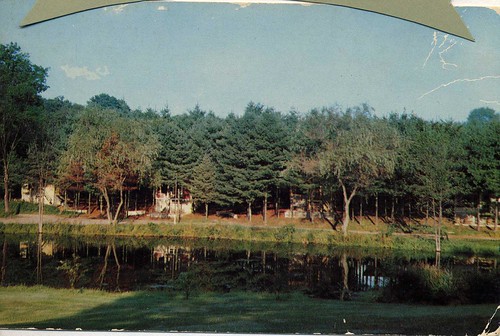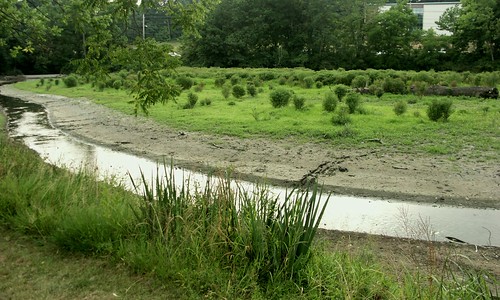Arial Shogren, a rising sophomore at Vassar College, holds up a piece of trash recovered from the Fonteynkill during a creek clean-up.
Earlier this week I caught up with Arial Shogren. Arial has been working with biology professor Margaret Ronsheim this summer studying ecological succession in the Edith Roberts Ecological Laboratory that borders the Fonteynkill. We discussed the work that she has been doing this summer and the complications associated with managing the ecological laboratory.
In the late 1920s botany professor Edith Roberts established a 4-acre ecological laboratory on the Vassar College campus. By the 1930s professor Roberts and her students had planted most of the ‘natural’ plant associations of Dutchess County in the space. Today, due to several major disturbances at the site, almost all of the original associations are gone. Arial’s project this summer was to look at the plants that were originally in the ecological laboratory, to figure out exactly what plants are there now, and to predict what plants could potentially be there in the future via the seed bank. According to Arial, “the soil seed bank helps ecologists predict what the trajectory of the succession of plants will be in a particular area.” It may sound complicated, but Arial told me that the procedure is essentially just to take several samples of soil from different areas you want to look at, and then grow the soil. “You basically just put it in a big tray and see what comes up.”
And what have these big trays been yielding? Here’s Arial:
Well, right now the seed bank is predominantly purple loosestrife. There are a lot of very aggressively invasive non-native plants. Out of the original 11 general associations, only six exist today. That’s due to construction, the straightening of Raymond Avenue, and the changing hydrology of the space. So six exist, but they are changed. Whenever you have a disturbed space—like the Ecological Laboratory or the Vassar Farm—it basically becomes a corridor for non-native species to come in. They’re very good at it.”
Given the take-over by non-native plants, I asked Arial if there were any future plans for the space. Are there going to be any efforts to bring back plant associations that are now missing or to control invasive plants?
Well, right now there’s already control of non-native purple loosestrife (beetles were released to help control purple loosestrife on Vassar campus and on the Vassar Farm and Ecological Preserve), so it’s not as much of an issue. I think that Professor Ronsheim’s plan is basically to try to pull as much porcelain berry as possible, and to maybe try some other methods for the multiflora rose and possibly the honeysuckle.”
Arial told me that one of the big questions that ecologists and managers must grapple with when removing invasive species is what to plant to replace those species. In many cases managers will plant a different native plant species just to see it eaten by a non-native bug or taken over by another non-native plant species. Management is a constant struggle. Ultimately, it becomes an issue of coming up with a plan that preserves the space and respects its history while also working with the ways in which the space has changed.
I guess the whole premise for my project is just trying to figure out what to do with the space. It’s a question of management…do we let the area go, or do we try to return it to what Edith Roberts planted as its ‘natural state.’ I do know that Professor Ronsheim does not just want to let the space go. We do want to have some kind of invasive management; it’s just a matter of deciding what’s best and what’s the most time and cost effective.”
Clearly the major landscape changes and the associated influx of invasive species have created major complications for those in charge of managing the space. However, Arial tells me that these changes have also actually provided a good opportunity to study ecological succession, in ways that Edith Roberts never imagined:
The succession really shows, especially with the change in the hydrology. The areas that got wet with the straightening of Raymond Avenue—which used to be open field associations—have progressed so that there are more wet tolerant species there.”
Even after all of these decades, the ecological laboratory is “still an experiment.”
This is, in fact, one of the things that Arial likes so much about her project. Knowing the history of the space has allowed her to study long-term ecological trends, and it has given her an extra sense of attachment to the project. It’s exciting to walk through the 4-acre plot and happen upon the water spigots that students used to water the laboratory in the 1930s. For Arial, this makes it all the more upsetting that the history of the space is not well-known:
I’m very attached to the space. I guess it’s just because I’ve been traipsing through it and I have seen all the trash—people really don’t know or care about the area. I mean it still is an Ecological Laboratory. It still is a project. I wish that it got more recognition as that.”
Posted in Casperkill | No Comments »
